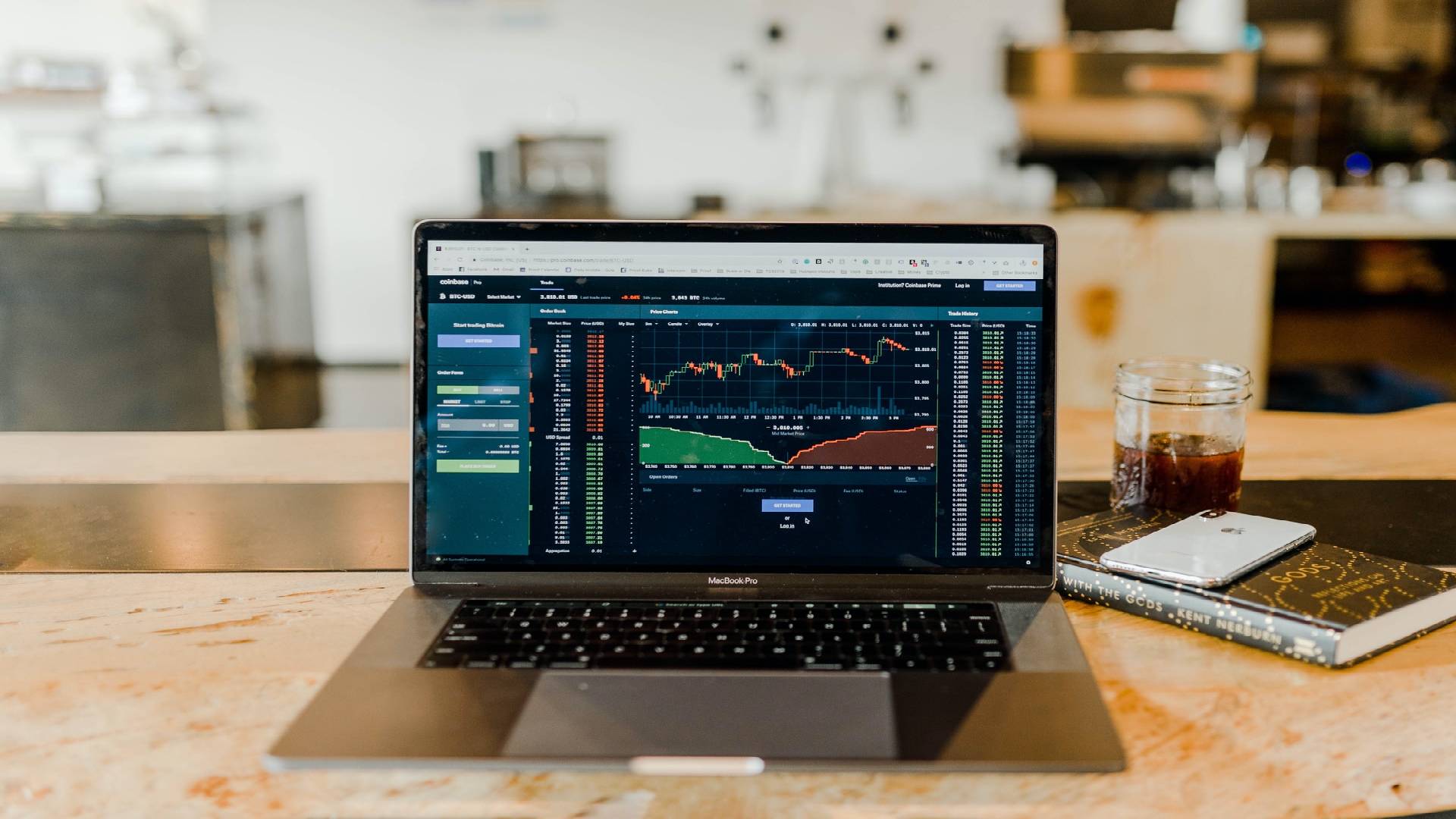The financial market is hugely liquid, with a vast number of participants. It is also a well-established market. As you might expect, the combination of popularity and time has resulted in professional traders devising countless trading strategies. However, what are the best trading strategies for beginners? This is a common question among traders all over the world. After all, the simpler the strategy, the easier it is to understand the underlying concepts. There will be plenty of time to add complex actions after you have mastered the basics. Because of that, everyone who’s taking the first steps in currency trading, should always keep a few uncomplicated strategies in his or her back pocket. Three of them will be presented below.
Trading strategy for beginners #1 – Breakout
Our first beginner trading strategy attempts to identify when a trend might be forming. It looks for price breakouts. Markets sometimes range between bands of support and resistance. This is known as consolidation. A breakout is when the market market moves beyond the boundaries of its consolidation, to new highs or lows. So ,when a new trend occurs, a breakout must occur first. Breakouts are, therefore, seen as potential signals that a new trend has begun. But the trouble is, not all breakouts result in new trends. Because of that, the best idea for beginners is to wait for a pullback and retest before entering the position.
So how can we get a feel for the type of trend that is starting? The length of the period can help determine the highest high or the lowest low. A breakout beyond the highest high or the lowest low for a longer period suggests a longer trend. A breakout for a short period suggests a short-term trend. In other words, you can tune a breakout strategy to react more quickly or more slowly to the formation of a trend. Reacting quicker allows you to ride a trend earlier in the curve, but may result in following more shorter-term trends.
It is also worth adding that there are two types of breakouts. They can occur not only from a horizontal level, but also from a wedge pattern. The second situation is even better, when the market works itself into a terminal wedge, it means that the pattern must eventually come to an end. When the market breaks to either side and then retests the level as new support or resistance, there is an ideal opportunity to open the position.
To keep things really simple, here’s an extremely basic rule for exiting trades: We are going to take a time-based approach. You simply close your position after a certain number of hours or days have elapsed (it depends whether you prefer day trading, swing trading or long-term trading). In this strategy, you also need to use a stop-loss. Set it a few pips below the resistance level which is being attempted to breakout (in a long position) or few pips above the support level (in a short position).
Trading strategy for beginners #2 – Moving Average Crossover
Our second trading strategy for beginners uses simple moving averages (SMAs). SMA is a lagging indicator that uses older price data than most strategies, and moves more slowly than the current market price. The longer the period over which the SMA is averaged, the slower it moves. Because of that, traders usually use a longer SMA in conjunction with a shorter SMA. For this simple trading strategy, we are going to use a SMA 5 as our shorter SMA, and a SMA 200 for the longer one.
How does it work? When the shorter, faster SMA crosses the longer one, it indicates a change in the trend. When the short SMA moves above the longer SMA, it means newer prices are higher than older ones. This suggests a bullish trend, and this is our buy signal. When the short SMA moves below the longer SMA it suggests a bearish trend, and this is our sell signal.
What about stop loss order? We should place it below the most recent level of support for long positions and above the most recent level of resistance for short positions.
When we should exit the trade? When the two simple moving averages cross in the opposite direction of the original buy or sell signal. Or alternatively, we can use a trailing stop loss.
This trading strategy for beginners also works great with day trading, swing trading and long term trading.
Trading strategy for beginners #3 – Pin Bar
When it comes to trading strategies for beginners, the pin bar is king. This is because it’s a very obvious pattern, making it easy to identify on a chart. It’s also one of the easier strategies to trade. A pin bar is a candlestick pattern where the body of the candlestick is very small and has a very long wick. There are two types of pin bars: a bullish pin bar and a bearish pin bar.
A bullish pin bar is represented by a small body at the top and a long wick below, this indicates that price was sold down by the bears and then immediately bought straight back up by the bulls. In a perfect world the close is above the open for a bullish pattern and no wick at the top of the body. The opposite of this is true for a bearish pattern.
How to trade with this simple trading strategy? First, you need to locate support and resistance levels on the trading chart. Then, look for pin bars at resistance highs and support lows. If a bullish pin bar forms at a support level, open long position. If a bearish pin bar forms at a resistance level, set sell order.
You should place a stop loss order right below the bullish pin bar or above the bearish pin bar. What about exiting the trade? Take Profit order should be set 4 times as far from the entry as stop loss.
Pin bar trading strategy works best in day trading or even scalping systems.







